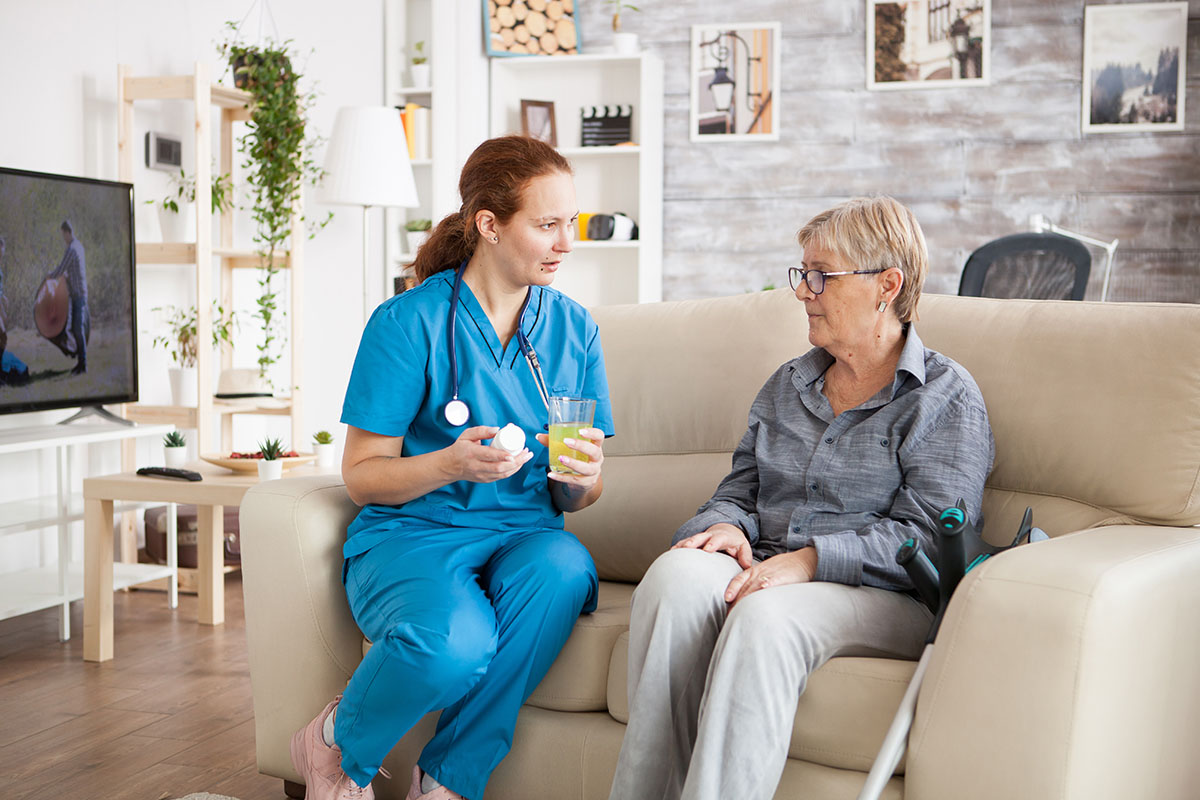
How Is Parkinson’s Disease Diagnosed?
Heart disease is diagnosed through lab tests. Diabetes is diagnosed by checking glucose levels. Parkinson’s disease is a little different.
Unlike other common diseases, Parkinson’s disease cannot be diagnosed by running tests in a lab. Instead, Parkinson’s is identified by completing a medical history and physical examination of the patient.
What are doctors looking for? Here’s a closer look at how Parkinson’s disease is diagnosed.
Diagnosing Parkinson’s Disease
A diagnosis will almost always come from a neurologist. They will examine a patient and track the progression of common signs and symptoms into a chart called the Unified Parkinson’s Disease Rating Scale (UPDRS). This is a universal scale used by neurologists to establish a baseline of patient’s symptoms and track the progression of disease during future visits.
The scale divides and analyzes symptoms in four categories:
Part One: Non-Motor experiences of daily living.
Part Two: Motor experiences of daily living.
Part Three: Motor examination.
Part Four: Motor complications.
The document itself is full of medical jargon that may be difficult to decipher — but if you want to give it a go, click here.
For those who didn’t go to medical school, doctors essentially use this chart to evaluate four primary motor symptoms — tremor, rigidity, slow movement (bradykinesia) and balance problems (postural instability). These symptoms may present themselves as:
- Changes in facial expression.
- Slowed or slurred speech.
- Tremors that can be observed at rest.
- Stiffness in extremities or neck.
- Posture changes.
- Balance instability.
- Mobility decline.
Symptoms like these in two or more categories over a period is the most common way a Parkinson’s diagnosis is made.
Sometimes doctors will use a DaTscan, an imaging technology that uses small amounts of a radioactive drug to help determine how much dopamine is available in a person’s brain. Though this technology cannot be used to officially diagnose Parkinson’s disease, it is commonly used to confirm a diagnosis.

How To Cope With Your Diagnosis
Typically, when a diagnosis is made, patients and families do not even know where to begin. Especially if a diagnosis is made early on and symptoms are still mild for a patient, it can be difficult to comprehend or accept.
When a diagnosis is made, consider the following:
- Take time to experience your feelings and adjust to this life-altering diagnosis.
- Educate yourself on Parkinson’s disease, connect with your doctor for as much educational information as you can get.
- Utilize resources available such as support groups and online forums to connect with other people with Parkinson’s.
- Remember, each person’s experience is unique, and Parkinson’s disease is not the same for everyone.
- Take an active role in your health and care by optimizing your medications and participating in recommended physical activities to improve your symptoms.
- Stress can make your symptoms worse. Consult a counselor to help you work through this journey to help you with your overall emotions.
